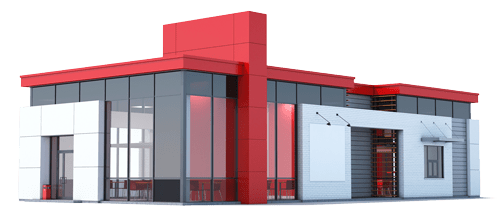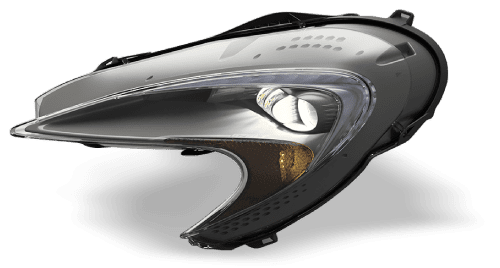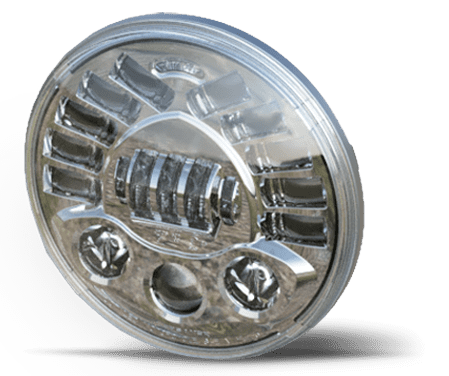
What Makes LED Lights More Efficient Than Other Options?
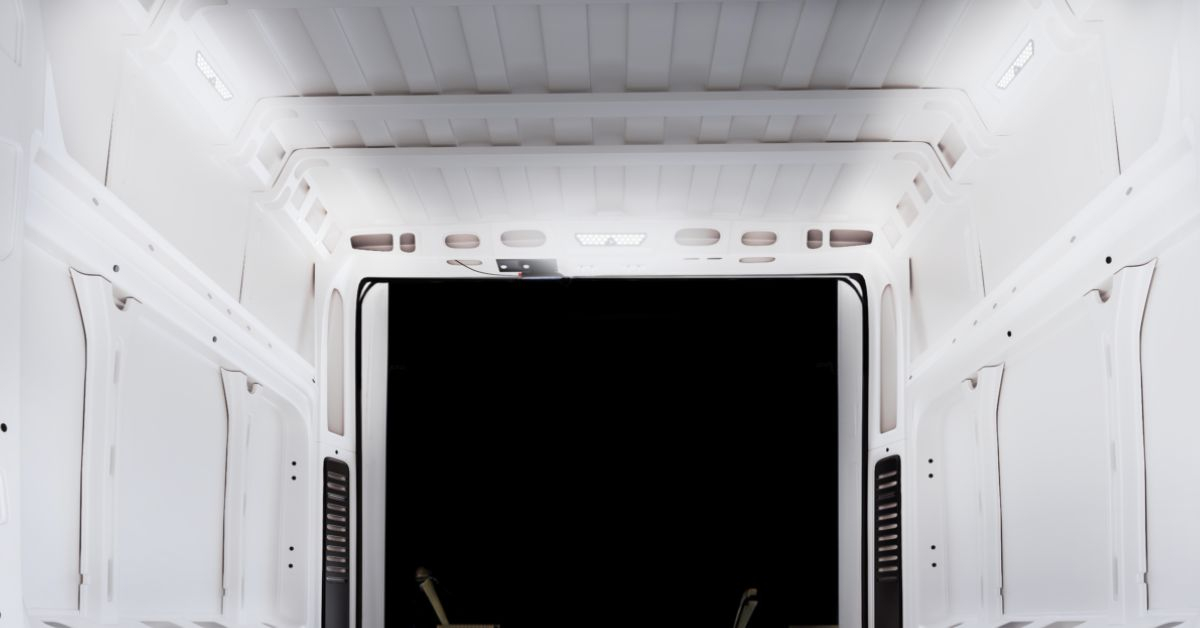
LED lights are incredibly popular across industries due to their unmatched efficiency and versatility. They are rapidly replacing incandescent and fluorescent lights in homes, businesses, and industrial settings alike. Not only do LED lights present the perfect solution for lighting buildings, but they also excel in vehicle headlights, taillights, and light bars.
So, what exactly makes LED lighting more efficient than other options? In this blog, we will break down why engineers, supply chain managers, and business owners should consider this technology for their projects. Our comprehensive guide will take an in-depth look at the science and benefits behind LED lights, demonstrating why they are the preferred choice for sustainable and practical lighting solutions.
The Energy-Efficient Tech Behind LED Lighting
Unlike older light sources, LED lights operate on a fundamentally different principle. Short for “light-emitting diode,” LEDs produce light through electroluminescence.
When an electric current is applied to a semiconductor material, electrons recombine with electron holes within the diode. From there, they release energy in the form of photons, which are small light particles. This highly efficient process minimizes energy loss as heat, unlike incandescent bulbs, which waste significant energy in the form of thermal output.
LEDs also lack the fragile filaments or gas-filled tubes found in older lighting technologies, making them more robust and durable. Instead, tiny diodes are encapsulated in solid materials, which adds to their impressive lifespan and reliability. The precision of their design allows for exceptional control over brightness, color, and light distribution.
These factors collectively explain their superior performance and adaptability across various applications.
Why LEDs Convert Energy Into Light More Effectively
One of the primary characteristics that sets LEDs apart is their exceptional energy efficiency. Even high-quality incandescent bulbs convert only around 10 percent of the electricity they consume into visible light, with the remaining 90 percent lost as heat. Fluorescent lights are more efficient than incandescent bulbs but still fall short of LED performance, which converts over 90 percent of energy into light with negligible heat dissipation.
This higher energy conversion rate comes from the precise construction of LED components. By directing electrical energy straight into photon generation, LEDs reduce unnecessary energy loss.
Additionally, modern advancements in materials and design have pushed the efficiency of LEDs even further, with many models achieving unprecedented lumen-per-watt ratios. This means that businesses and industrial facilities using LEDs can significantly reduce electricity consumption while maintaining excellent illumination quality.
Illumination quality is especially important for vehicles. When you’re driving down a dark road or through a foggy area, having reliable lighting is invaluable. LEDs allow you to rest easy knowing that your vehicle maximizes visibility in all weather conditions.
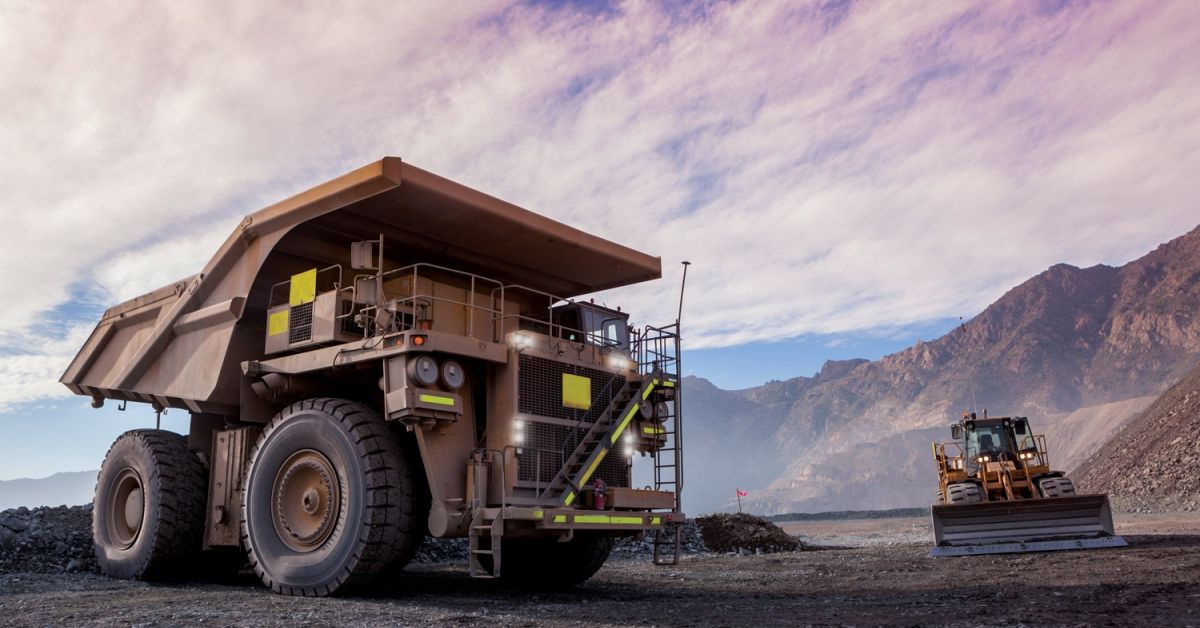
Longevity and Minimal Maintenance Requirements
Other factors that make LED lights more efficient than other options are their long lifespan and minimal maintenance requirements.
LED lights boast an impressive operational lifespan, typically lasting anywhere between 25,000 and 50,000 hours. This is substantially longer than incandescent bulbs, which average just 1,000 hours, and fluorescent lamps, which typically offer up to 10,000 hours of use. The longevity of LEDs equates to fewer replacements over time, directly reducing maintenance efforts and costs.
This long lifespan is achievable due to LEDs’ solid-state design, which eliminates the fragile filaments and inert gases that can degrade or fail in traditional lighting technologies. Furthermore, LEDs maintain their brightness and quality for a longer percentage of their operational life, dimming gradually over time rather than flickering or burning out suddenly.
For fleet managers and industrial operators, LEDs’ reliable performance is a game-changer, as it ensures consistent lighting without frequent downtime for replacements or repairs.
Environmental Advantages of LED Lighting
The adoption of LED lights aligns with global efforts toward sustainability by significantly reducing environmental impact. Their energy efficiency lowers greenhouse gas emissions linked to electricity generation, especially in high-demand sectors like manufacturing, logistics, and retail. Furthermore, LEDs do not contain hazardous materials like mercury, commonly found in fluorescent lamps, making them safer to use and dispose of.
Thankfully, LEDs are easy to find for various applications. For example, you can visit JW Speaker for heavy-duty truck lights, including LED light bars, taillights, fog lights, and more.
Businesses aiming to achieve sustainability goals or comply with environmental regulations can rely on LEDs to boost energy efficiency. This benefit resonates not only with environmentally conscious consumers but also with regulators and industry partners prioritizing sustainability.

Versatile Applications Across Industries
The adaptability of LED technology is another key factor driving its popularity across various sectors. Engineers and business professionals in fields as diverse as health care, manufacturing, automotive, and retail are finding innovative ways to integrate LEDs into their operations.
Retail establishments rely on LEDs to showcase products in the best light, creating appealing displays while keeping energy costs low. Automotive manufacturers are using LEDs for headlights, taillights, and interior lighting, offering brighter illumination while reducing vehicle energy consumption.
Industrial facilities benefit from high-output LED fixtures that illuminate large spaces efficiently, improving worker visibility and safety. Even fleet managers appreciate how LED lighting enhances vehicle operations by improving visibility in harsh weather and reducing maintenance intervals.
This widespread applicability stems from the customizable nature of LED lights. From color-changing options to directional lighting, LEDs can be tailored to meet the specific needs of any application.
Long-Term Financial Impact of Choosing LEDs
While LEDs may have a higher upfront cost than alternatives, their long-term financial advantages are undeniable. Lower electricity consumption translates directly into reduced utility bills, making LEDs a cost-effective solution for businesses operating at scale. Over the lifetime of an LED, cost savings can be substantial, so you can see the impact of their energy efficiency every time you have to pay those bills.
Additionally, the extended lifespan of LEDs minimizes replacement and labor costs. For industries with extensive lighting needs, such as warehouses, factories, and office buildings, these savings can significantly improve bottom-line profitability.
Ensuring a Sustainable and Efficient Future With LEDs
LED lights have rapidly emerged as the gold standard in lighting solutions for buildings and vehicles alike. Their superior energy efficiency, durability, and versatility make them a pivotal component in advancing sustainability and driving operational cost savings.
Beyond these practical benefits, LEDs offer organizations an opportunity to align with global environmental goals, enhancing their reputation as responsible contributors to a greener future.
For engineers, supply chain managers, and business leaders looking to optimize operations, reduce costs, and improve ecological impact, the transition to LED lighting is a smart, forward-thinking investment. Adopting this innovative technology means organizations can build a foundation for lasting efficiency and success in an increasingly competitive and sustainability-focused world. Take the first step toward a brighter, more sustainable future by making the switch to LED lighting today.
